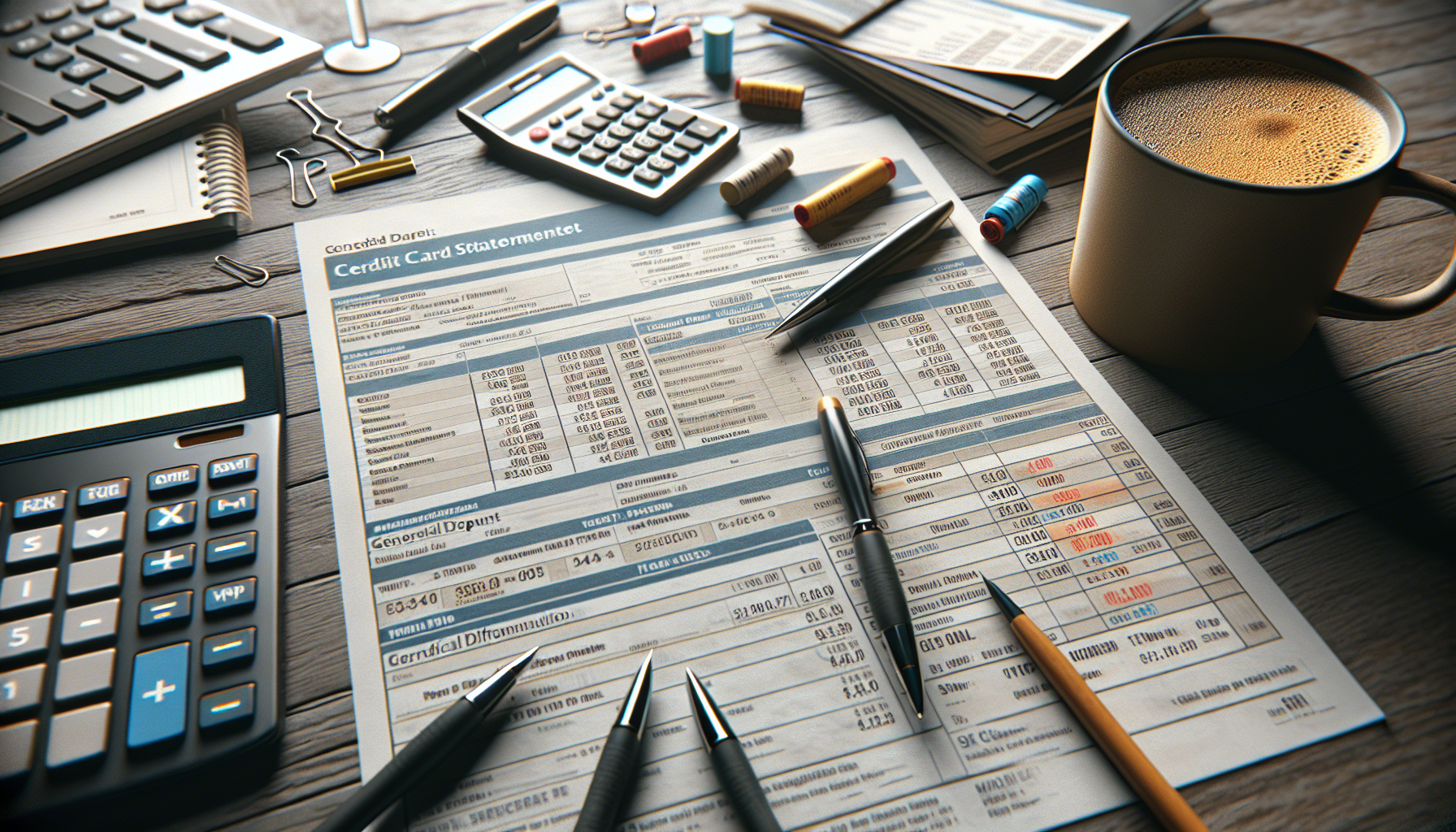What is the name of the document that tells you what you need to pay on your credit card?
The credit card statement is a crucial document that provides a detailed summary of your credit card account activity over a specific billing period. It contains essential information about your transactions, payments, fees, interest charges, and account balances. Understanding how to read and interpret your credit card statement is key to managing your finances effectively and avoiding potential issues.
Understanding Your Credit Card Statement
Your credit card statement is a comprehensive document that outlines all the activity on your credit card account during a particular billing cycle. It provides a clear picture of your spending habits, payments made, and any fees or interest charges incurred. The statement typically includes your account details, such as your name, address, and account number, along with a summary of your account activity.
The account summary section gives you a quick overview of your previous balance, payments made, purchases, cash advances, balance transfers, fees, interest charges, and your current balance. This information helps you understand the overall state of your credit card account and identify any areas that may require attention.
Key Components of a Credit Card Statement
In addition to your account details and summary, your credit card statement contains several other important components. These include:
- Payment information: This section specifies the minimum payment due, the payment due date, and any late payment warnings. It’s crucial to make at least the minimum payment by the due date to avoid late fees and potential damage to your credit score.
- Late and minimum payment warnings: These warnings highlight the consequences of making late payments or only paying the minimum amount due. They may also include estimates of how long it would take to pay off your balance if you only make minimum payments.
- Changes to account terms: If there are any modifications to your credit card’s interest rates, fees, or other terms, your statement will notify you of these changes. By law, credit card issuers must provide at least 45 days’ notice before implementing significant changes to your account terms.
Transactions and Charges on Your Statement
The transactions section of your credit card statement itemizes all the individual transactions made during the billing cycle. This includes purchases, payments, credits, balance transfers, and cash advances. Reviewing this section carefully can help you identify any discrepancies or unauthorized transactions.
Your statement will also display any fees and interest charges incurred during the billing period. These may include annual fees, balance transfer fees, cash advance fees, late payment fees, and interest charges. The statement provides a breakdown of the interest charge calculations, showing how much interest was charged on each type of transaction (e.g., purchases, cash advances, balance transfers).
Important Dates on Your Credit Card Statement
Your credit card statement contains two crucial dates: the closing date and the payment due date. The closing date represents the last day of the billing cycle and is the date on which your current balance is determined. Any transactions made after the closing date will appear on your next statement.
Understanding the Billing Cycle and Closing Date
The billing cycle is the period between two closing dates. It usually lasts around 30 days but can vary depending on the credit card issuer and the specific card. The closing date marks the end of the billing cycle and is the day on which your statement is generated.
The statement balance reflects the total amount you owe on your credit card as of the closing date. This is the balance used to calculate your minimum payment and any interest charges that may apply.
The Difference Between Current Balance and Statement Balance
It’s important to understand the difference between your current balance and your statement balance. Your current balance includes your statement balance plus any pending transactions or charges made after the closing date. These transactions will be reflected on your next statement.
When making payments, it’s generally recommended to pay the statement balance in full by the due date to avoid interest charges. However, if you can’t pay the full amount, it’s essential to make at least the minimum payment to maintain a good payment history and avoid late fees.
Managing Your Credit Card Statements
Effective management of your credit card statements is crucial for maintaining a healthy financial profile. Here are some key practices to follow:
How Long to Keep Your Credit Card Statements
It’s generally recommended to keep your credit card statements for at least 60 days after receiving them. This allows you to review the statements for accuracy, identify any unauthorized transactions, and dispute any billing errors if necessary. If you opt for paper statements, consider filing them in a secure location for easy reference.
If you’ve made any tax-deductible purchases using your credit card, it’s advisable to keep those statements for three to six years in case of an IRS audit. Alternatively, you can save digital copies of your statements for long-term record-keeping.
Regularly Reviewing Your Credit Reports
In addition to reviewing your credit card statements, it’s important to regularly check your credit reports. Your credit reports provide a comprehensive overview of your credit history and financial health. They include information about your credit accounts, payment history, and any outstanding balances.
By reviewing your credit reports regularly, you can ensure the accuracy of the information, identify any potential signs of identity theft, and take steps to improve your credit score if needed. You’re entitled to one free credit report from each of the three major credit bureaus (Equifax, Experian, and TransUnion) every 12 months.
In conclusion, your credit card statement is a vital document that provides a detailed snapshot of your credit card activity and financial obligations. By understanding the key components of your statement, monitoring your transactions, and making timely payments, you can effectively manage your credit card accounts and maintain a healthy financial profile. Remember to review your statements regularly, keep them for important tax and dispute purposes, and stay vigilant in monitoring your overall credit health.
See also:

